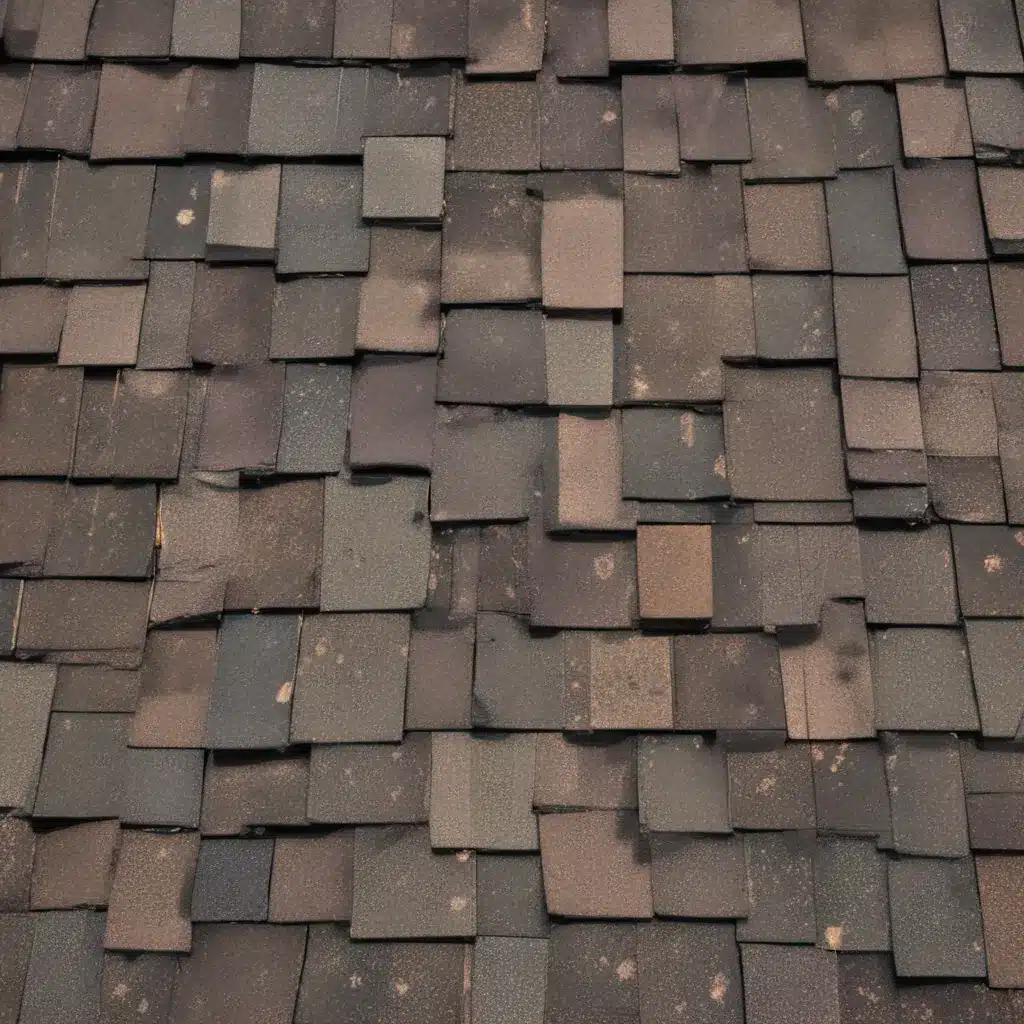
Identifying and Mitigating Common Roof Issues
As a seasoned roofing professional, I understand the critical role a roof plays in protecting your home and the importance of maintaining its integrity. Over the years, I’ve encountered a wide range of roof-related issues, from leaks and missing shingles to improper installation and ice dams. In this comprehensive guide, I’ll share my in-depth insights and practical tips on understanding and addressing these common roof safety concerns.
Roof Leaks: Detecting and Resolving the Root Cause
One of the most prevalent roof problems homeowners face is leaks. These can develop for various reasons, including damaged or missing shingles, cracked flashing around vents and chimneys, and improperly sealed valleys. Water infiltration can lead to rotting of roof decking, mold growth, and damage to insulation and interior ceilings.
To detect and prevent roof leaks:
- Regularly inspect your attic and ceilings for water stains or dampness, especially after heavy rains or snowstorms.
- Promptly address any signs of leaks to prevent further damage.
- Hire a reputable roofing contractor to conduct a comprehensive roof inspection and identify the underlying causes of leaks.
- Consider investing in high-quality, impact-resistant shingles that can better withstand the elements.
Shingle Damage: Protecting Your Roof’s Outer Layer
Shingles can become dislodged or damaged due to wind, hail, or simple wear and tear over time. Missing shingles expose the underlying roof structure to the elements, increasing the risk of leaks and deterioration.
To maintain your shingles and prevent damage:
- Regularly inspect your roof for missing or damaged shingles and replace them promptly.
- Opt for impact-resistant shingles that are designed to withstand severe weather conditions.
- Ensure your roofing contractor follows manufacturer guidelines and best practices during installation and repairs.
Improper Installation: Addressing Roofing Defects
Poorly executed roof installations can lead to a host of issues down the road. Common problems include incorrect flashing around roof penetrations, inadequate ventilation, and improper placement of shingles or tiles.
To ensure a quality roof installation:
- Hire experienced and reputable roofing contractors who are knowledgeable about local building codes and manufacturer specifications.
- Carefully review the contractor’s work and seek a second opinion if you have any concerns about the quality of the installation.
- Maintain open communication with your roofer and address any issues or concerns promptly.
Roof Penetrations: Safeguarding Critical Access Points
Roof penetrations, such as vents, chimneys, skylights, and satellite dishes, are vulnerable areas where leaks can develop if not properly sealed or maintained. Punctures from fallen branches or animals can also compromise roof integrity.
To protect your roof penetrations:
- Regularly inspect the seals and flashing around these access points and repair or replace any damaged areas.
- Consider upgrading to professional-grade sealants or flashing materials for enhanced protection.
- Trim any overhanging branches to prevent potential punctures or damage.
Attic Ventilation: Regulating Temperature and Humidity
Inadequate attic ventilation can lead to a buildup of heat and moisture, causing premature aging of roofing materials, ice dams in winter, and increased energy costs. Proper ventilation helps regulate temperature and humidity levels in the attic, extending the lifespan of your roof.
To ensure effective attic ventilation:
- Regularly check that your attic vents are clear of debris and insulation.
- Consider installing additional vents or a ridge vent system if your current ventilation is insufficient.
- In colder climates, improve attic insulation to minimize heat loss and reduce the likelihood of ice dams forming.
Ice Dams: Preventing Costly Winter Damage
In colder climates, ice dams can form along the eaves of roofs, preventing proper drainage of melting snow and ice. This can lead to water backup under shingles, causing leaks and damage to the roof structure.
To mitigate the risk of ice dams:
- Improve attic insulation and ventilation to minimize heat loss and reduce the likelihood of ice dams forming.
- Use roof rakes to safely remove snow from the roof after heavy snowfalls.
- Consider installing heat cables or other specialized products designed to prevent ice dam formation.
Roof Aging: Planning for Timely Replacements
Roofs, like any part of your home, have a limited lifespan. Aging roofs may experience issues such as curling shingles, cracked tiles, and general deterioration of roofing materials.
To prolong the life of your roof and plan for replacement:
- Conduct regular roof inspections and maintenance to identify signs of aging.
- Work with a reputable roofing contractor to determine the optimal time for a roof replacement, based on the condition of your current roof and its expected lifespan.
- Explore the latest roofing materials and technologies that can enhance the durability and energy efficiency of your new roof.
Prioritizing Roof Safety: A Comprehensive Approach
Maintaining the safety and integrity of your roof is essential for protecting your home and ensuring the well-being of your family. By understanding the common roof issues and taking proactive steps to address them, you can extend the life of your roof, enhance your home’s curb appeal, and safeguard your most valuable investment.
Remember, regular roof inspections, timely repairs, and working with experienced roofing professionals are key to preventing and resolving roof-related problems. At Roofers in Northampton, we pride ourselves on our expertise in providing comprehensive roof maintenance, repair, and replacement services to homeowners throughout the region.
Don’t wait until a roof emergency arises. Prioritize roof safety and take the necessary steps to keep your home protected from the elements. Contact us today to schedule a roof inspection or to discuss your specific roofing needs.

